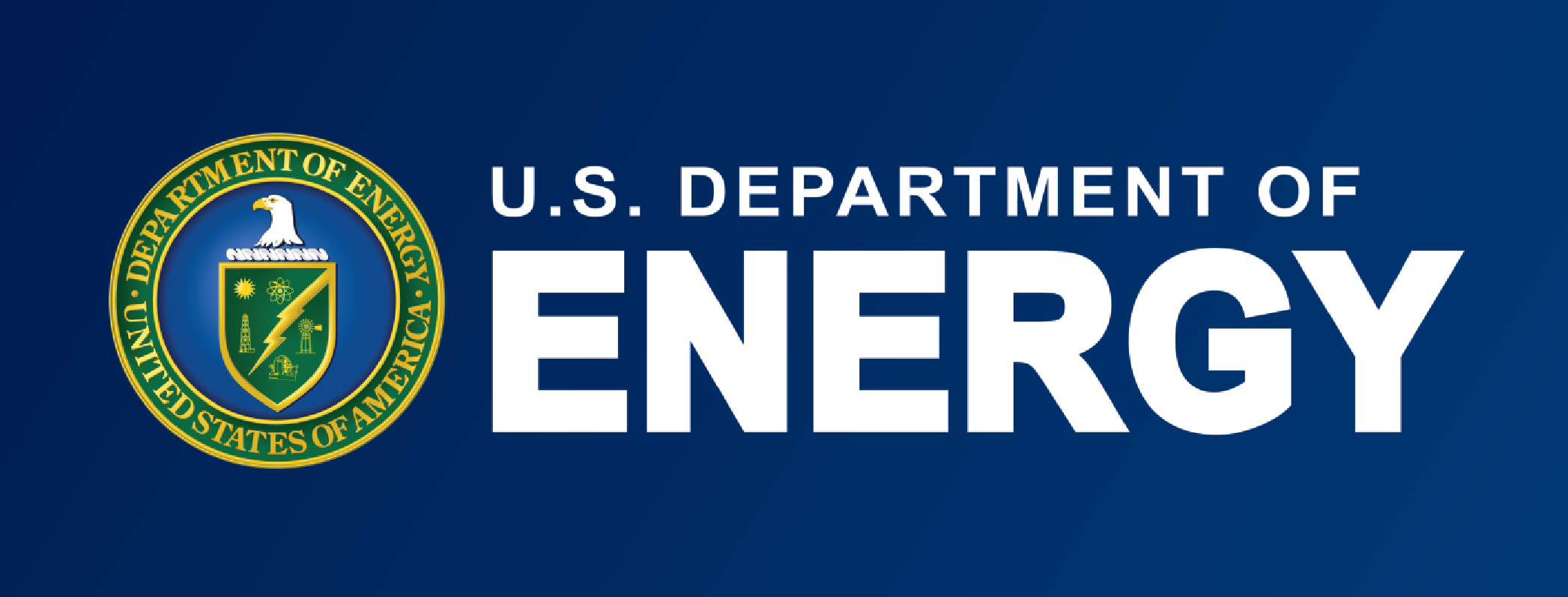by Brianna Crandall — July 23, 2021 — At the National Energy Codes Conference this week, U.S. Secretary of Energy Jennifer M. Granholm  announced new building energy code determinations from the U.S. Department of Energy (DOE) that are expected to save U.S. homes and businesses $138 billion over a 30-year period in energy costs — equivalent to $162 in annual savings per residential unit — and reduce the climate change impacts of America’s buildings sector.
announced new building energy code determinations from the U.S. Department of Energy (DOE) that are expected to save U.S. homes and businesses $138 billion over a 30-year period in energy costs — equivalent to $162 in annual savings per residential unit — and reduce the climate change impacts of America’s buildings sector.
Secretary Granholm stated:
More efficient building codes are key ways to eliminate wasted energy, lower Americans’ energy bills, and reduce carbon emissions that contribute to climate change. These efforts to help states and localities adopt new, more efficient codes — along with President Biden’s plans to produce, preserve, and retrofit millions of homes — will provide Americans safer, healthier and more comfortable places to live, work and play.
DOE’s analysis of the updated building codes indicated energy savings of 4.7% for commercial buildings and 9.4% for residential buildings compared to the previous editions of the model energy code, resulting in 13 quadrillion British thermal units of primary energy savings and 900 million metric tons of avoided CO2 emissions, equivalent to annual emissions from nearly 200 million cars.
According to DOE, America’s 129 million residential and commercial buildings collectively cost well over $400 billion a year to heat, cool, light and power, accounting for 35% of U.S. carbon emissions, 40% of the nation’s energy use, and 75% of electricity use. And yet, buildings waste at least 30% of the energy they consume.
To help realize these benefits, DOE announced new efforts to support the Department’s 30-year history of leading the advancement of energy codes and of supporting their effective implementation.
DOE will increase technical assistance to support state and local governments in adopting and implementing the latest model energy codes, including help with updating model energy codes; workforce education and training initiatives that help workers in the industry take advantage of evolving technologies, practices and building standards; and new and emerging opportunities for more advanced codes that go further on energy savings and pollution reduction, and incorporate technologies like electric vehicle charging.
As part of its technical assistance, DOE is also announcing a range of new technical analyses that will support state and localities in advancing robust building energy code policies. These technical analyses will quantify impacts on energy savings, cost savings, jobs creation and economic benefits, and environmental impacts of updating model energy codes.
The model energy code determinations for residential and commercial buildings are available to view on the DOE website.




